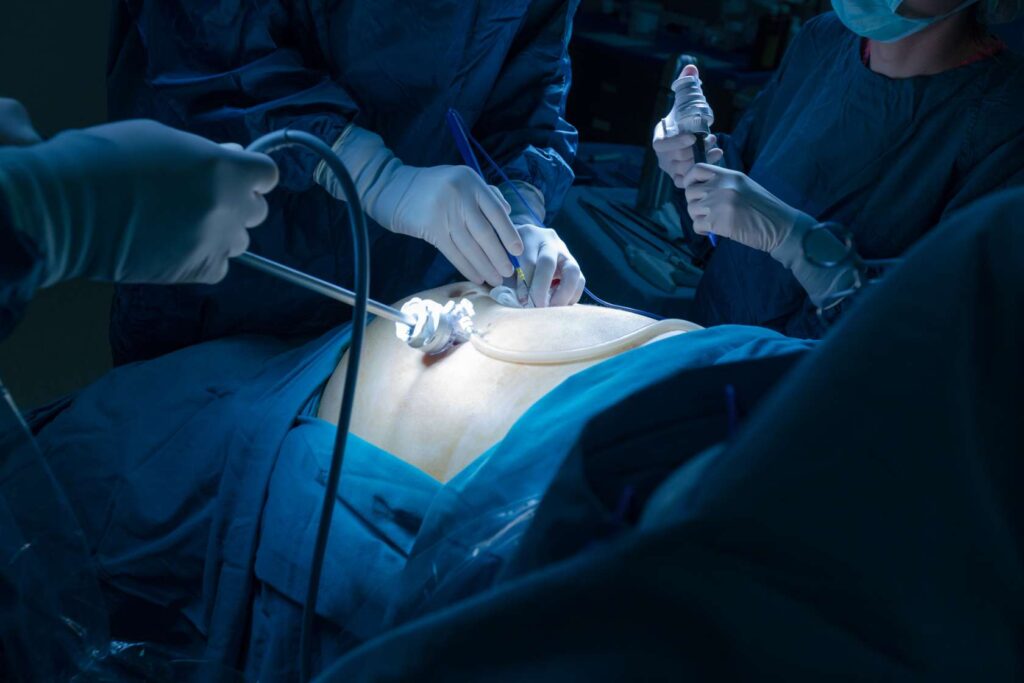Minimally Invasive Surgery

What is Minimally Invasive Surgery?
Minimally Invasive Surgery (MIS) involves using small incisions and specialized instruments to perform surgical procedures. In fertility treatment, MIS plays a crucial role in diagnosing and correcting anatomical abnormalities that may hinder conception.
Common Minimally Invasive Procedures:
-
Laparoscopy: A diagnostic and surgical technique used to examine and treat conditions such as endometriosis, ovarian cysts, and pelvic adhesions.
-
Hysteroscopy: Involves inserting a thin, lighted instrument (hysteroscope) through the vagina and cervix to visualize and treat abnormalities within the uterus, such as polyps, fibroids, or uterine septum.
Benefits of Minimally Invasive Surgery:
- Faster Recovery: Smaller incisions reduce trauma to surrounding tissues, leading to quicker recovery times and less post-operative pain.
- Minimal Scarring: Small incisions result in less visible scarring compared to traditional open surgery, promoting cosmetic outcomes.
- Reduced Complications: Lower risk of infection and complications due to smaller wounds and shorter hospital stays.
- Improved Fertility Outcomes: Correcting structural abnormalities through MIS can enhance fertility potential and increase the chances of successful conception.
Patient Experience and Recovery:
Patients undergoing MIS for fertility issues typically experience shorter hospital stays, reduced pain, and quicker return to normal activities compared to traditional surgery. Post-operative care involves monitoring for any signs of complications and following specific instructions provided by the healthcare team.
Considerations for MIS in Fertility Treatment:
While MIS offers many advantages, not all fertility conditions can be treated minimally invasively. Your fertility specialist will determine the most appropriate treatment based on your individual diagnosis, medical history, and specific reproductive goals.

